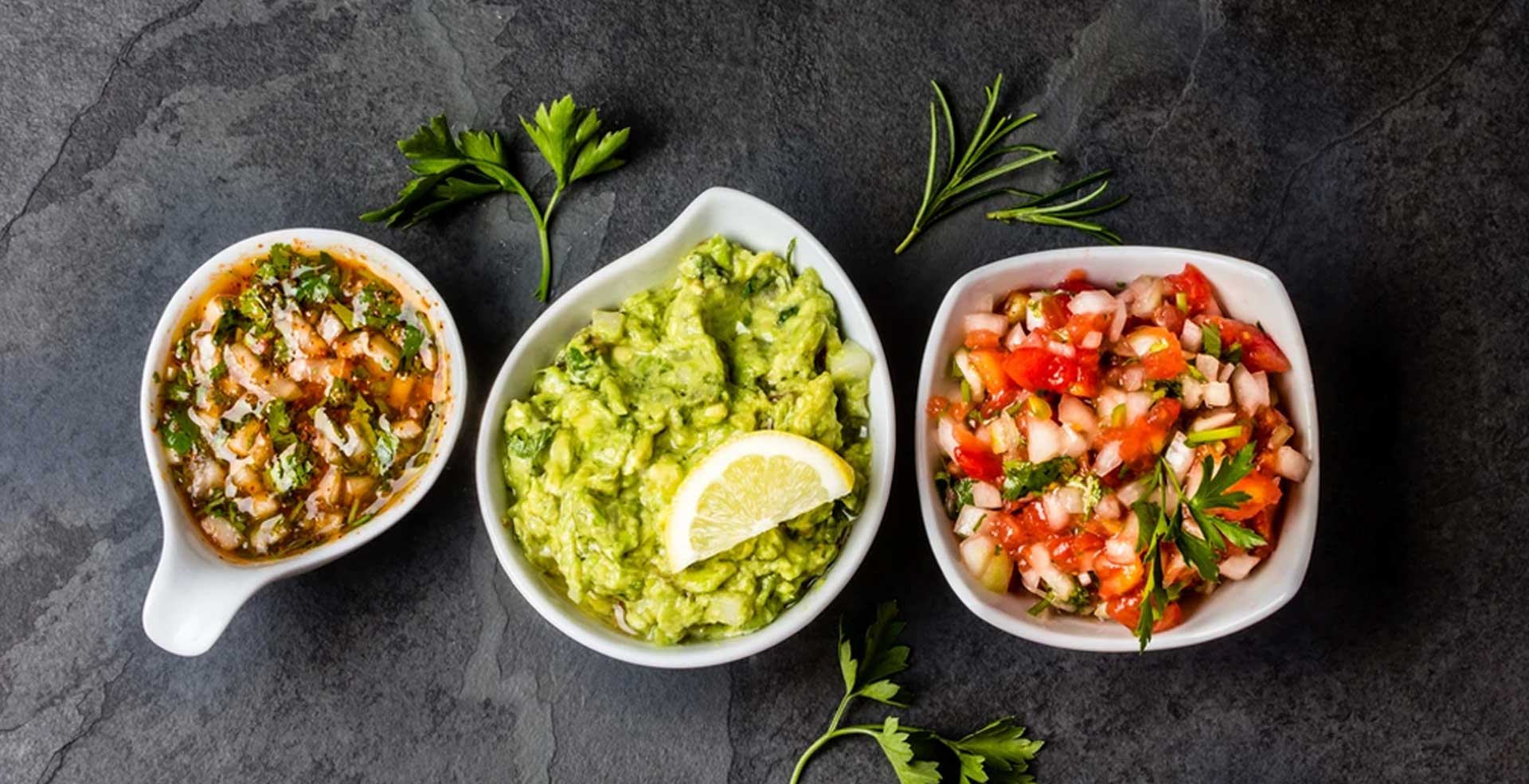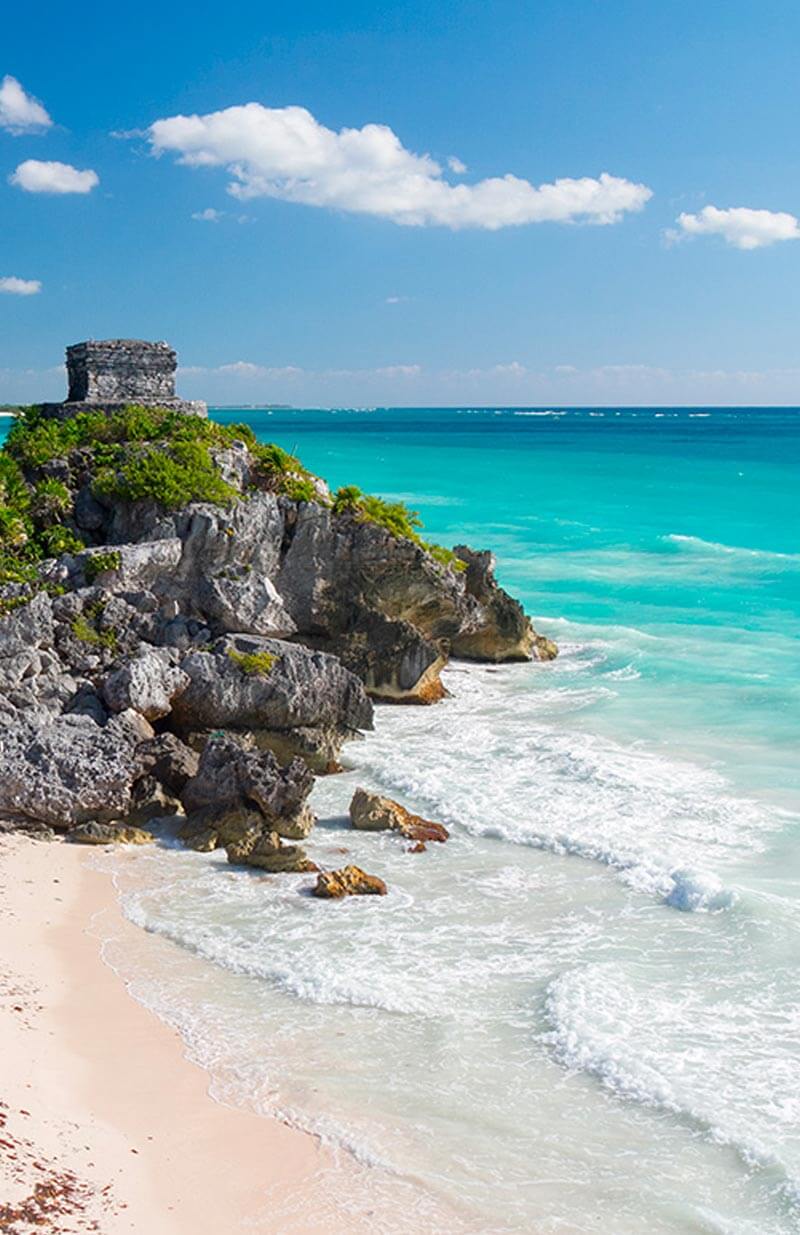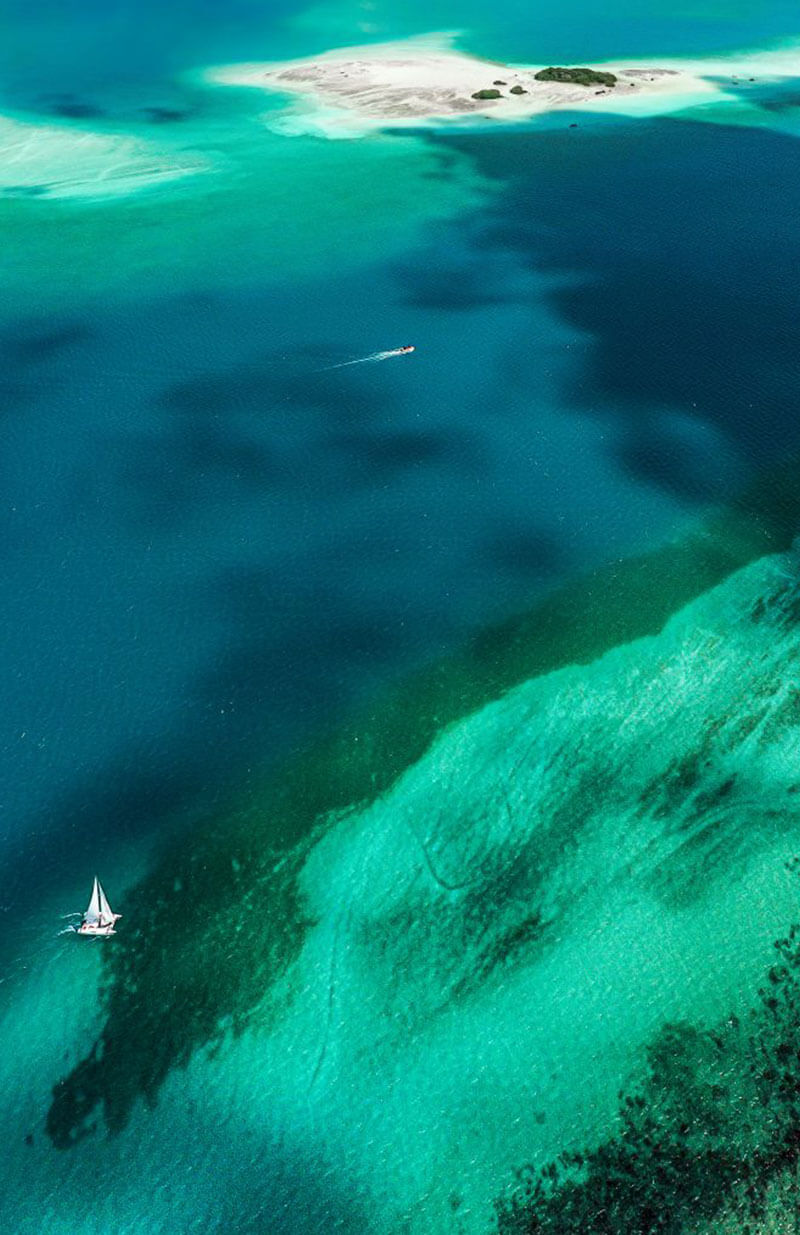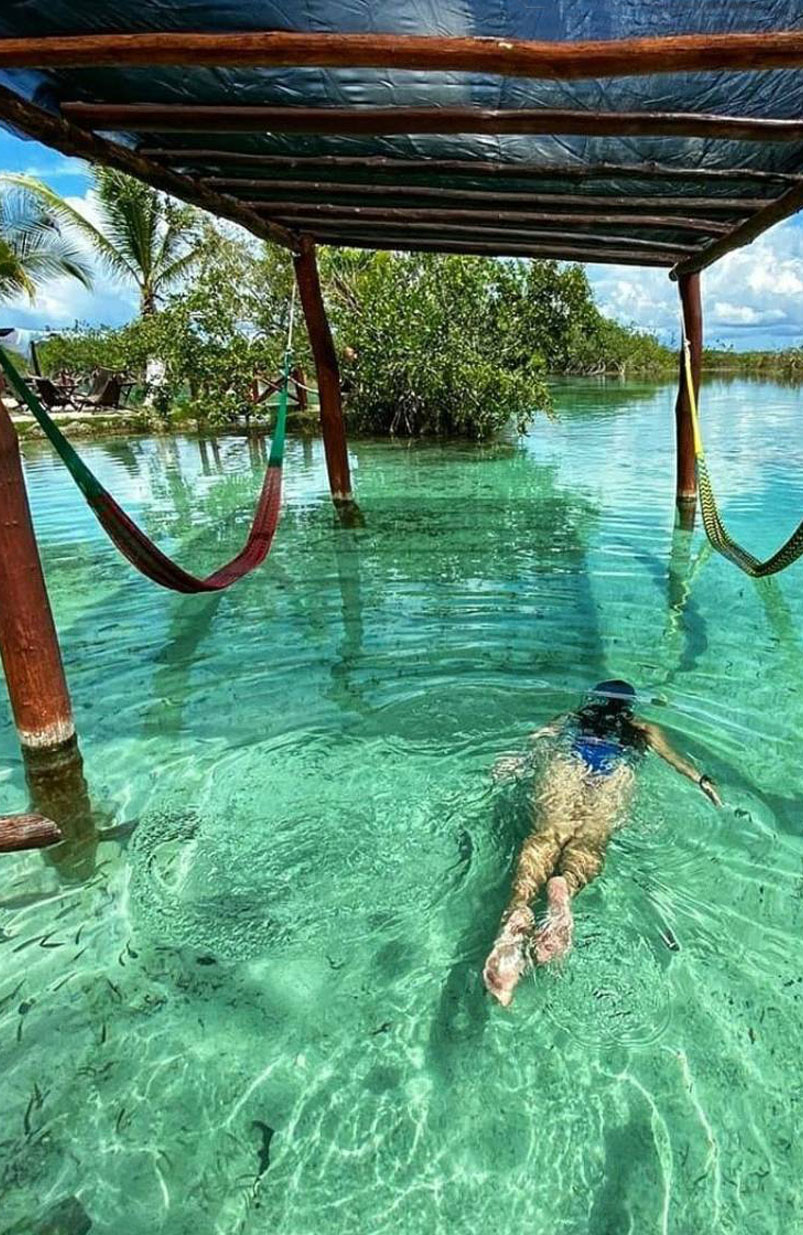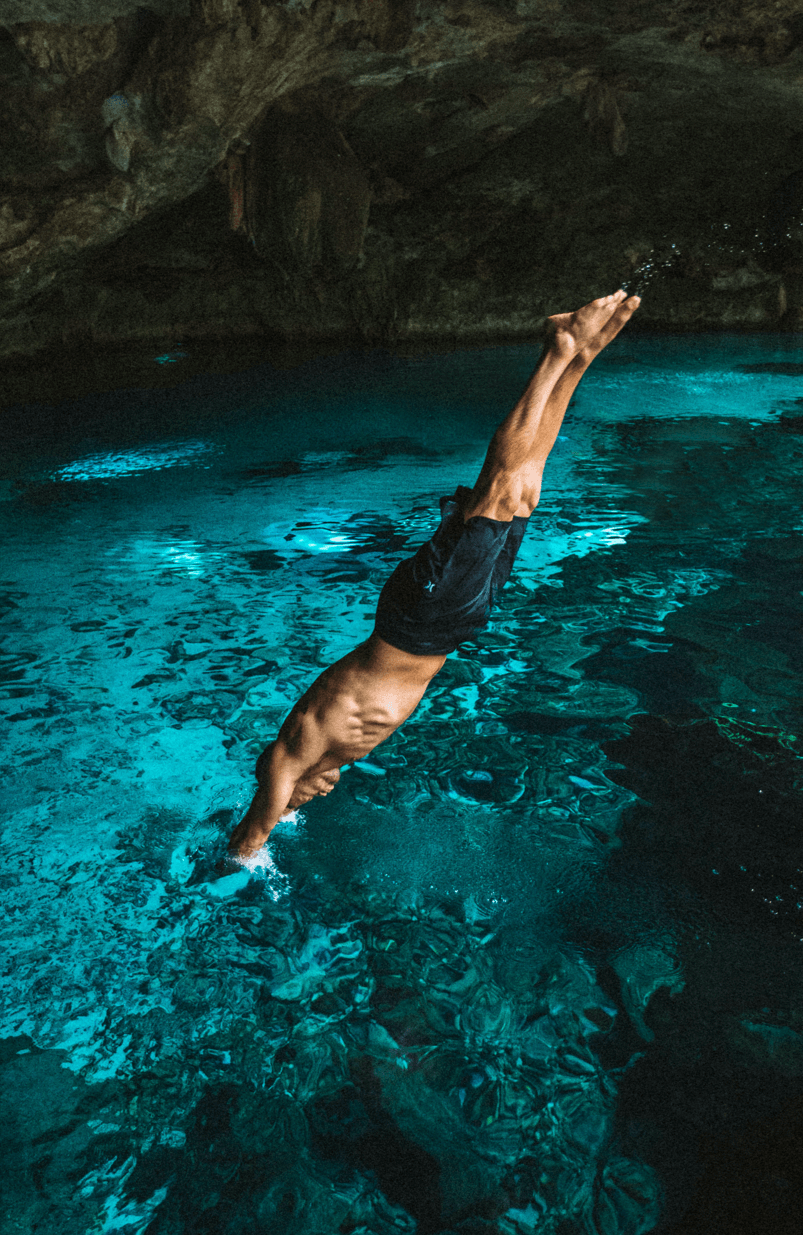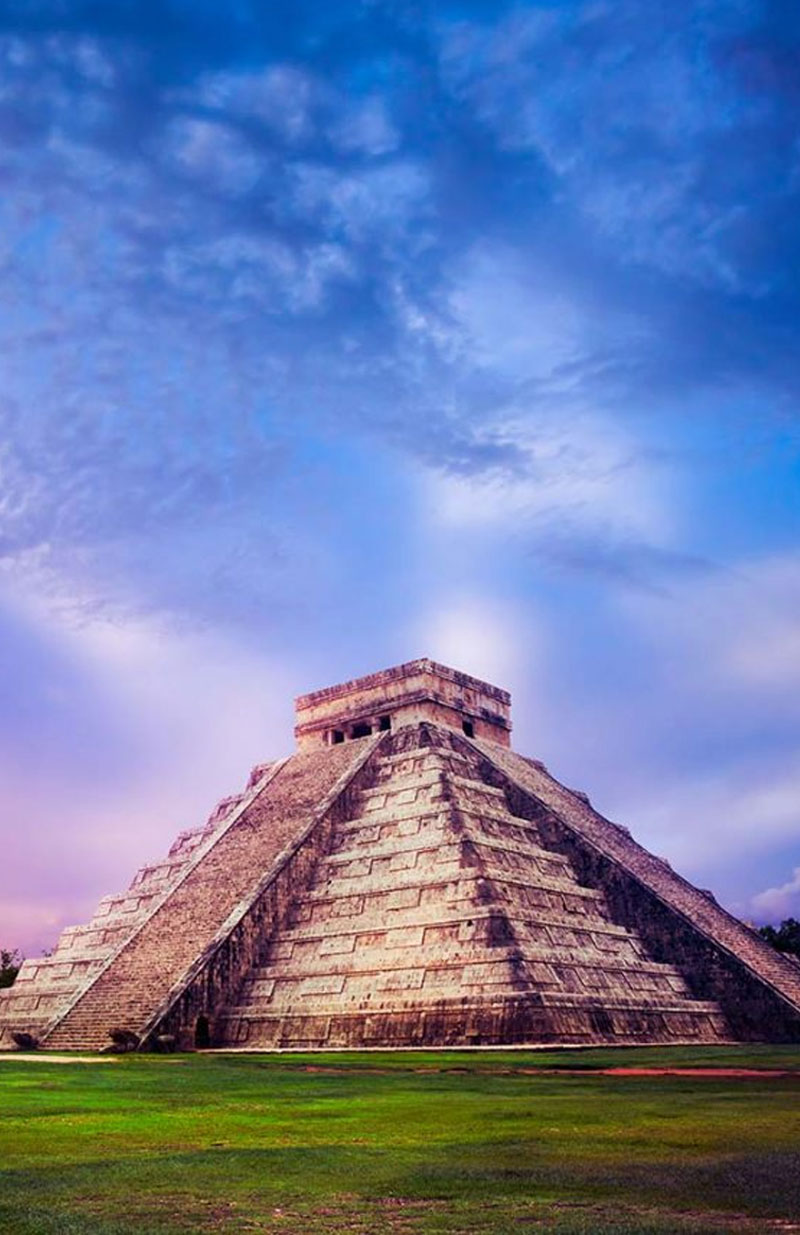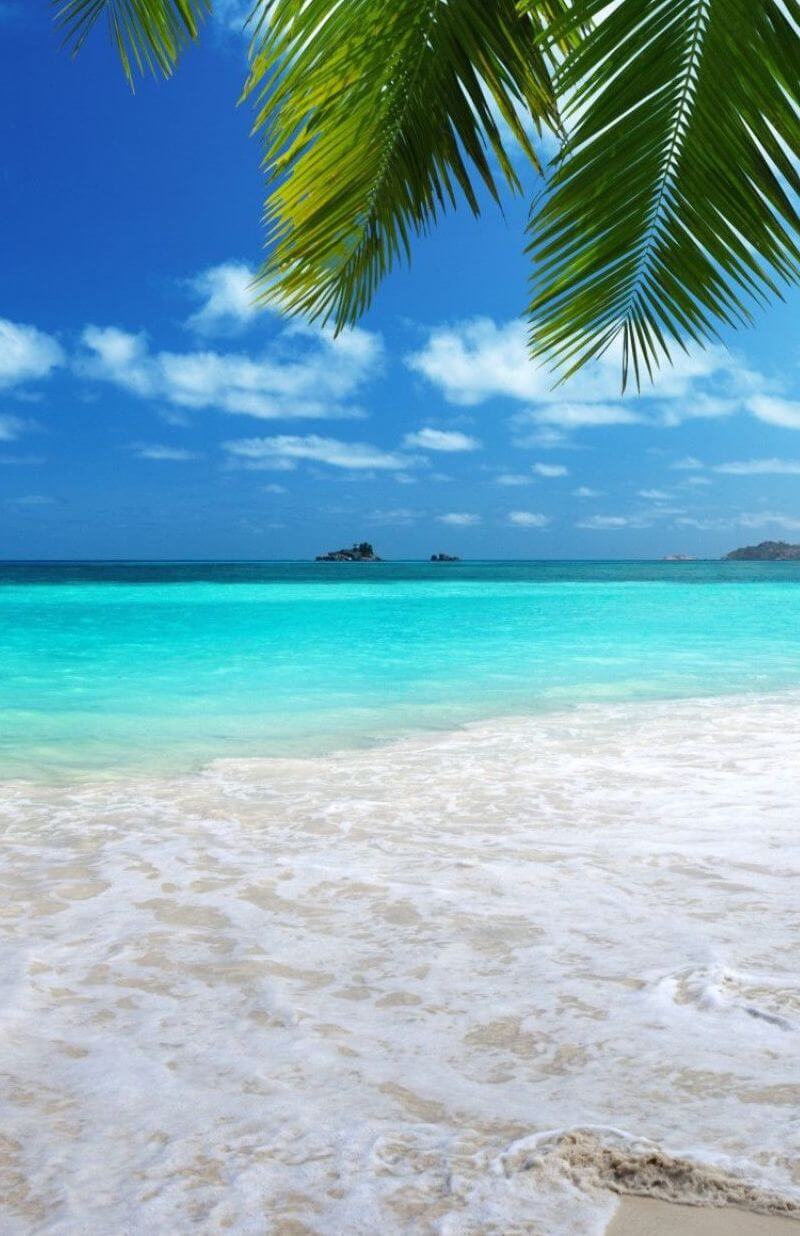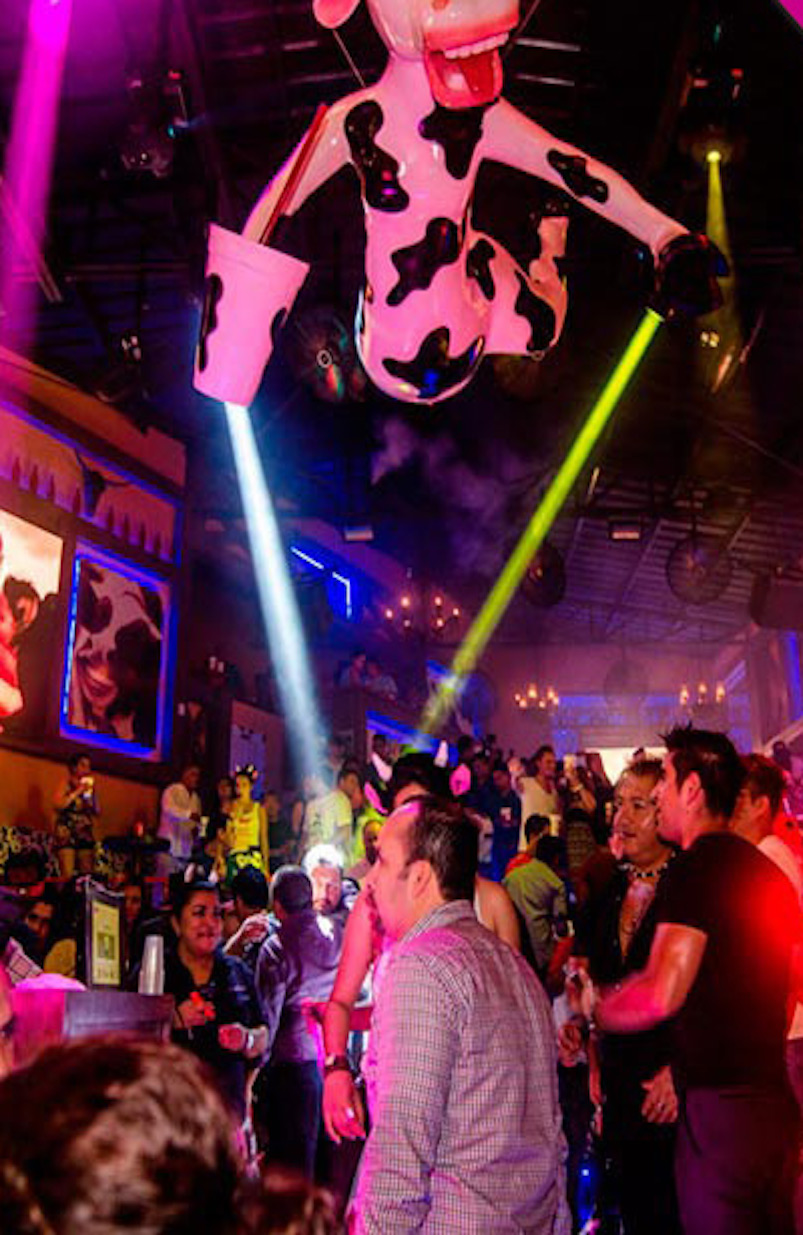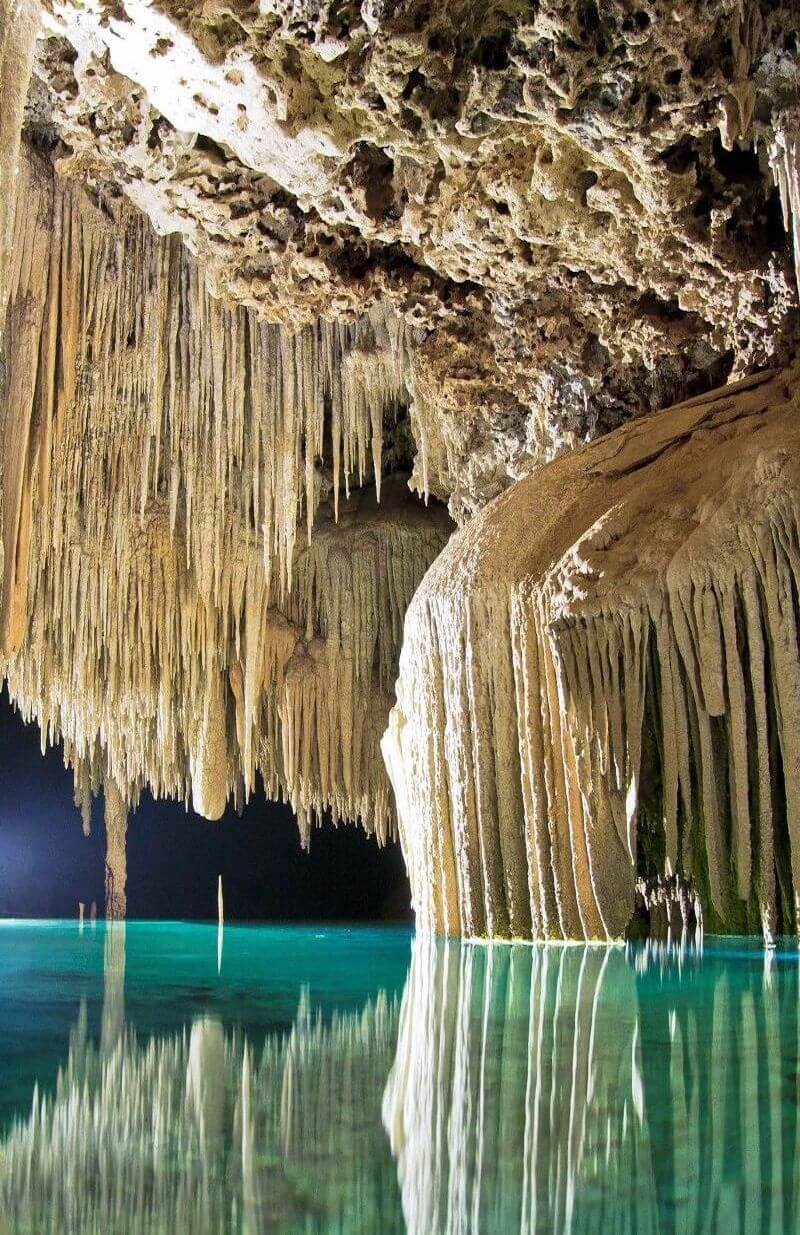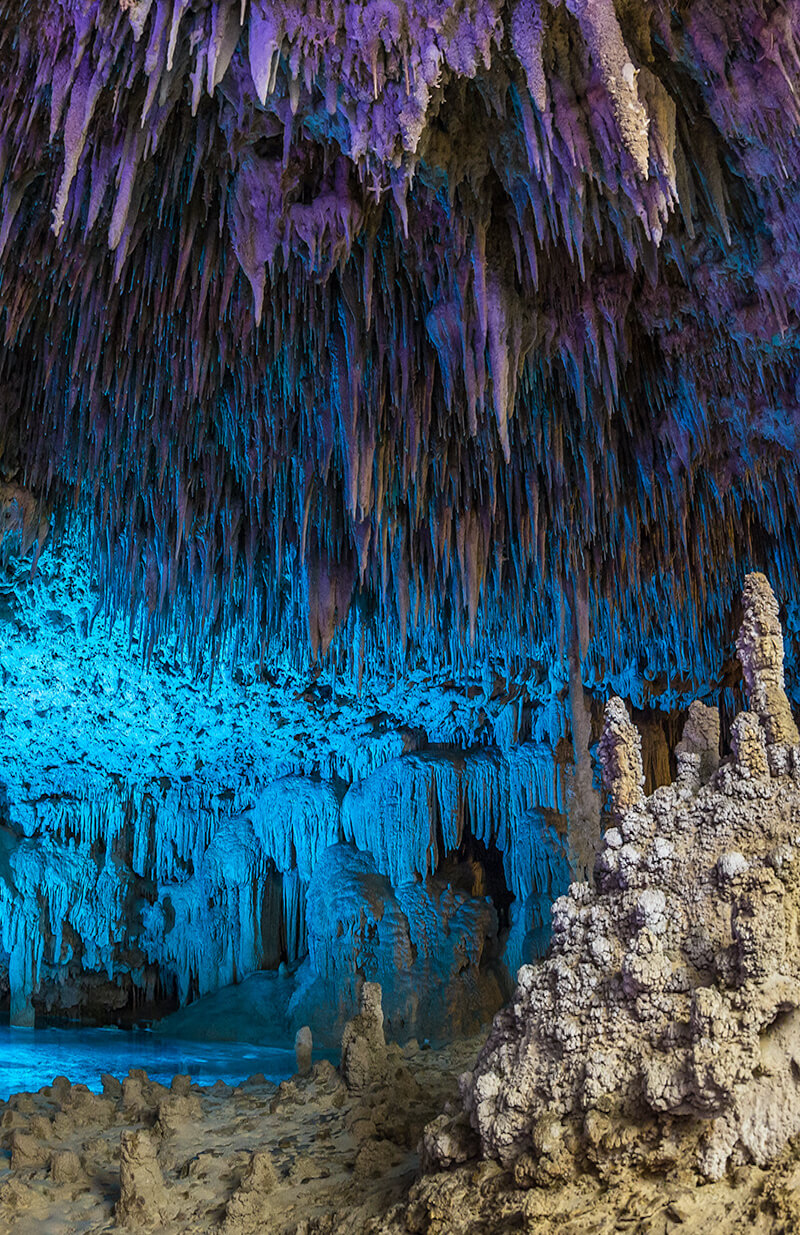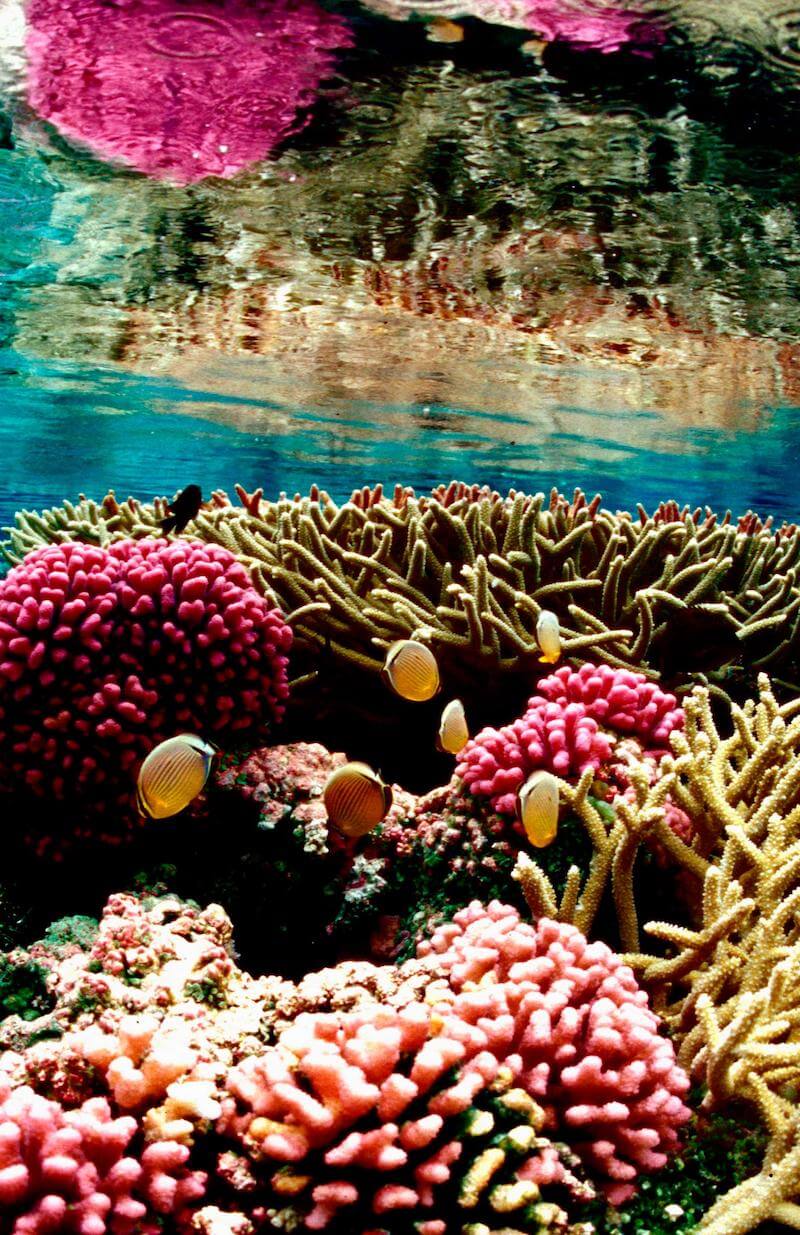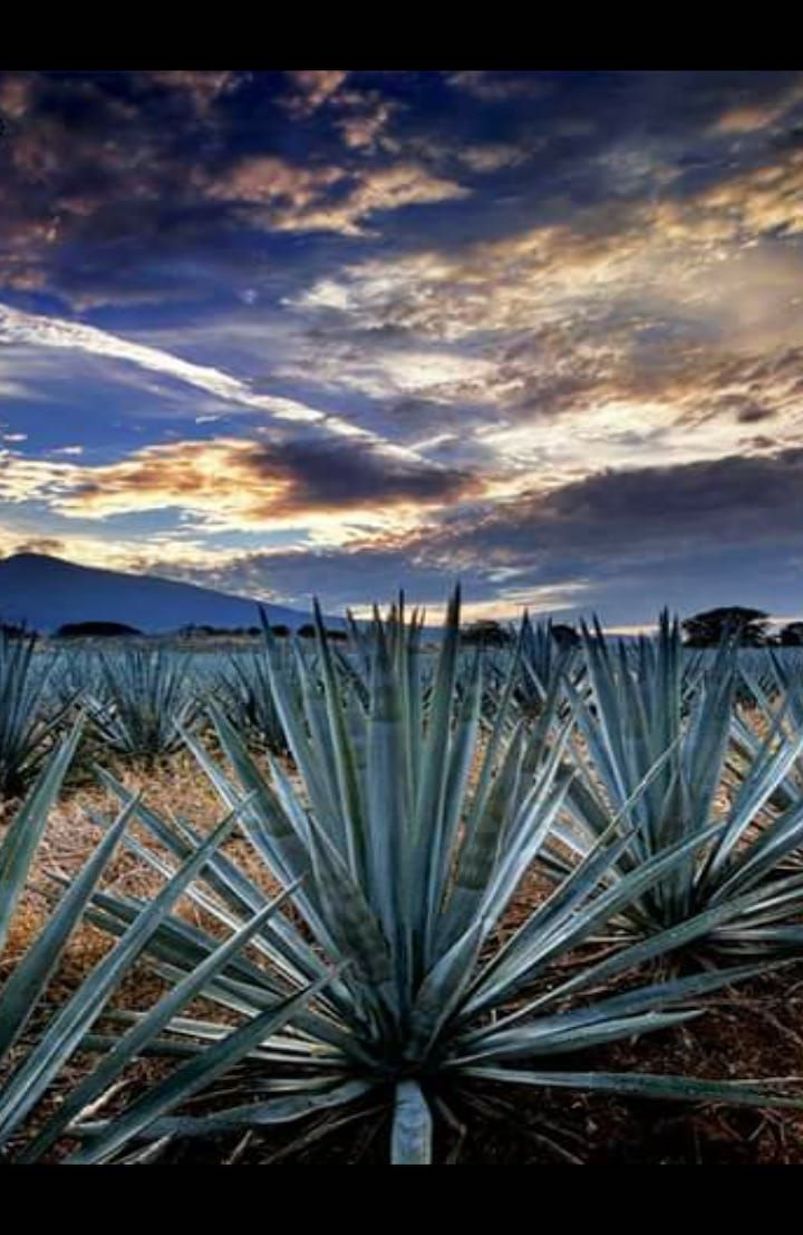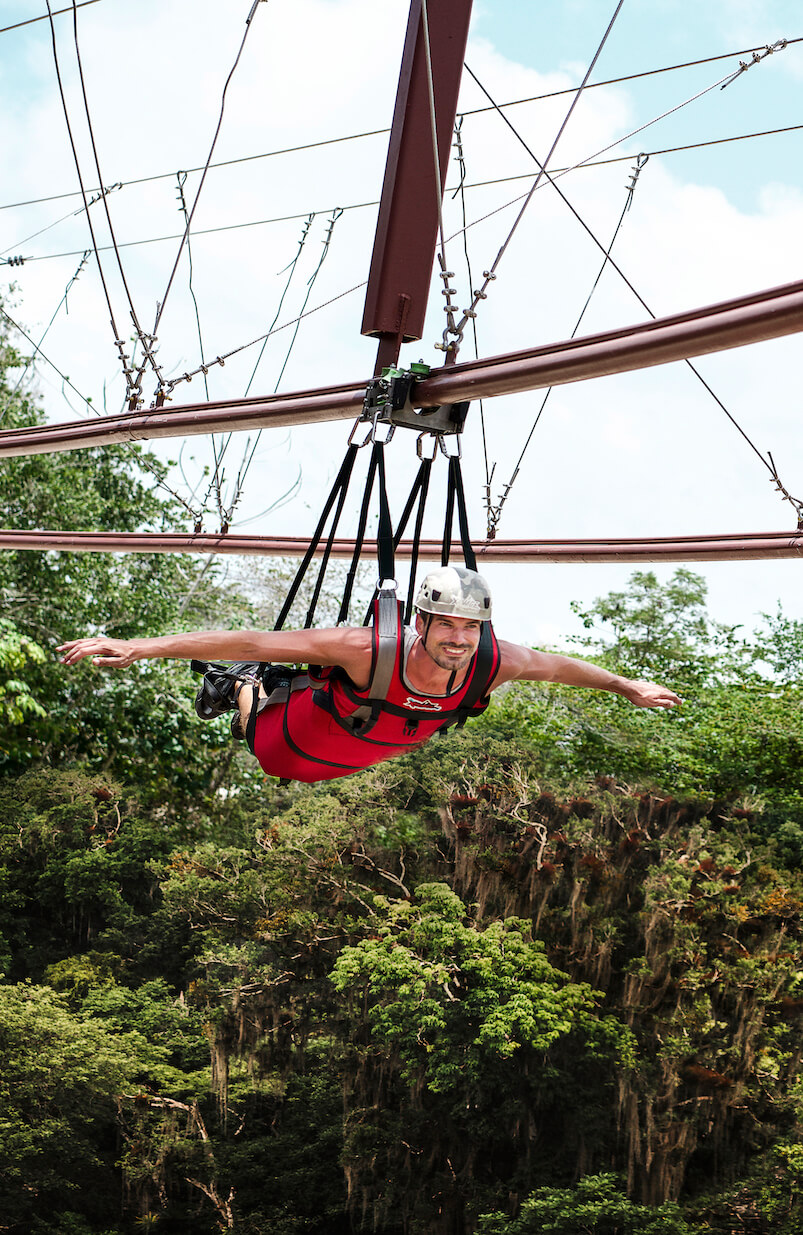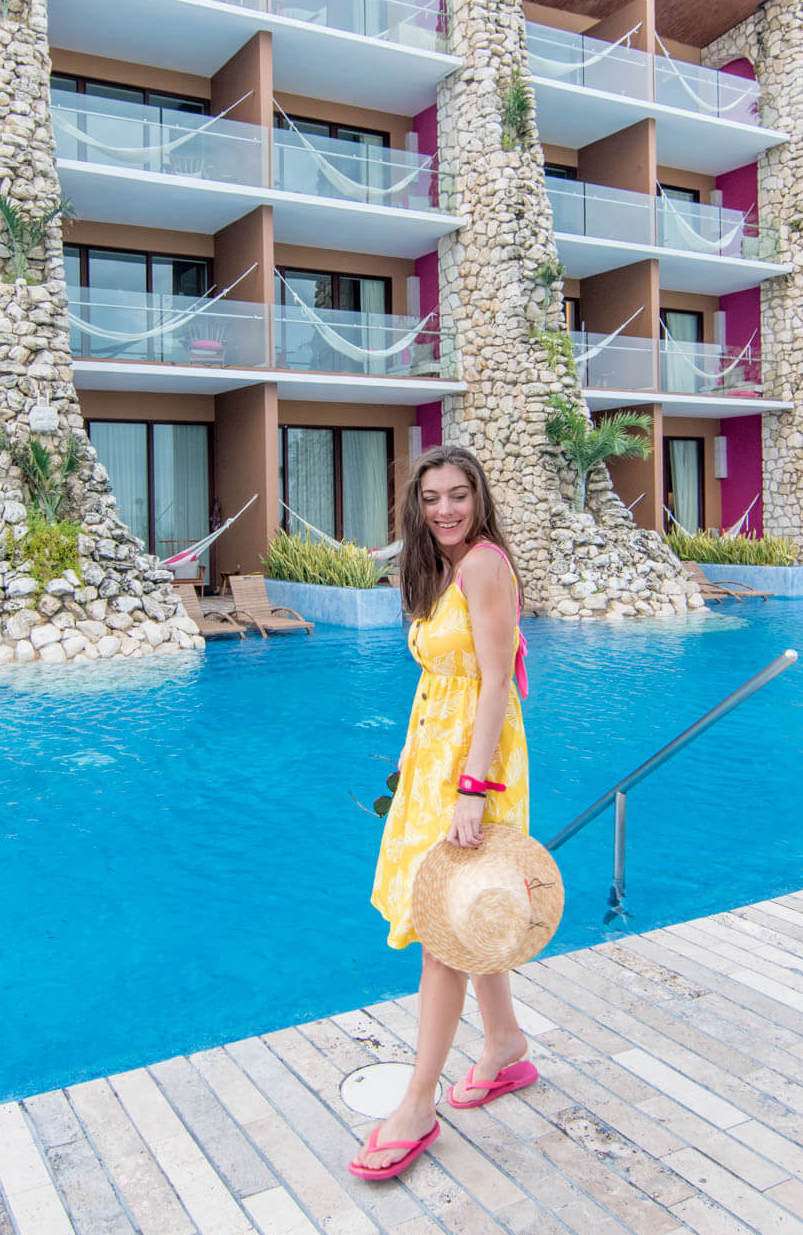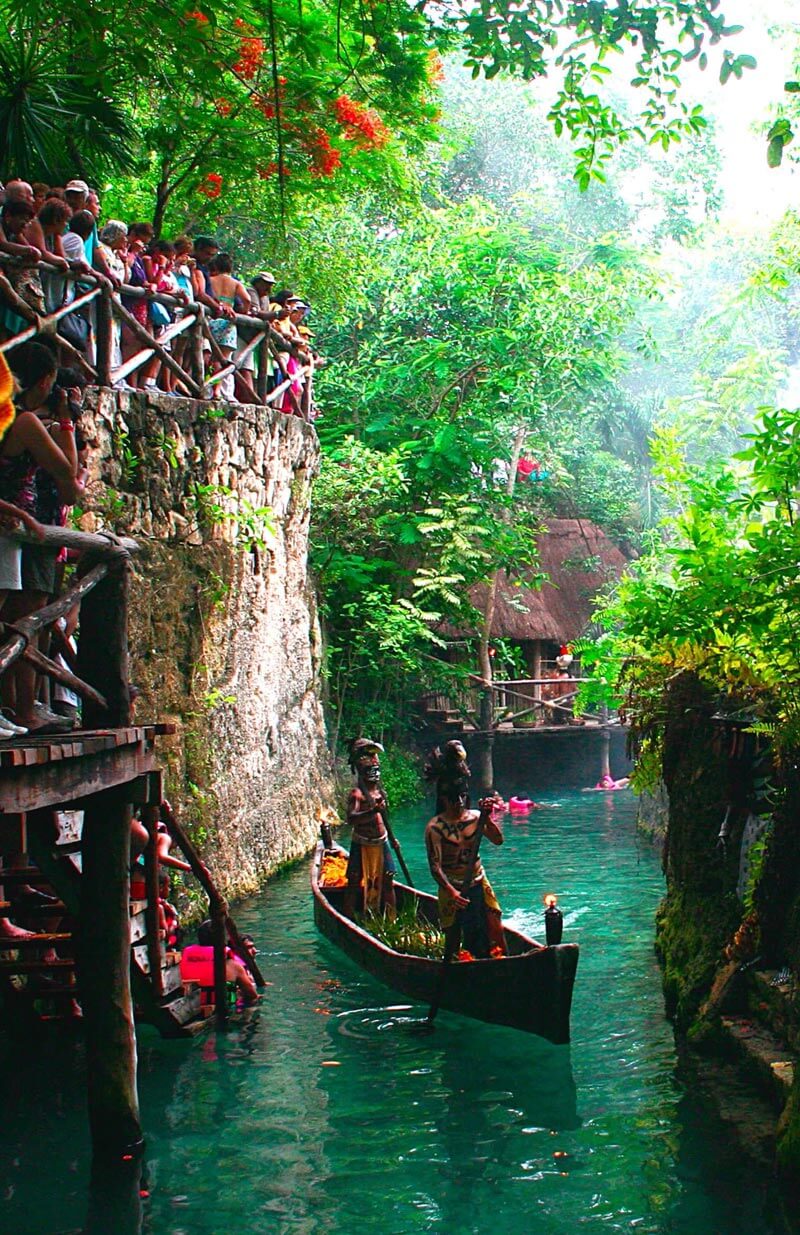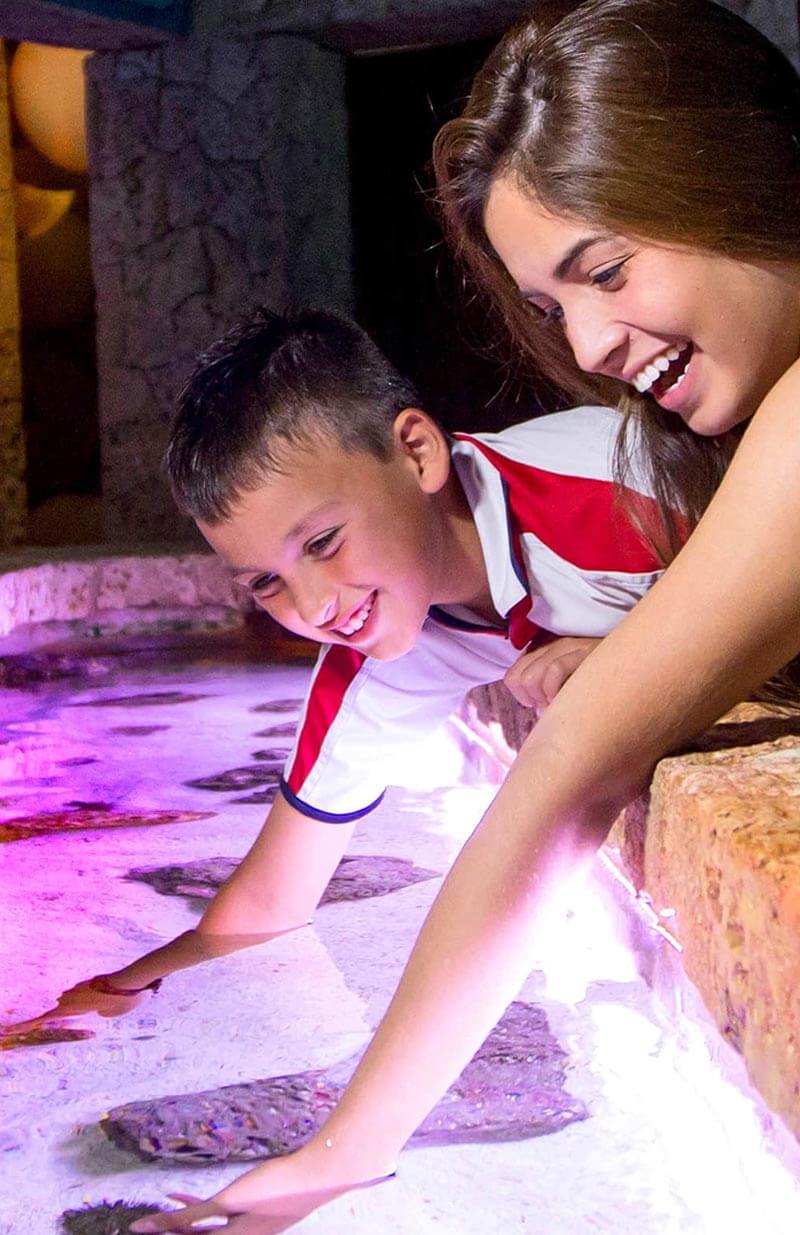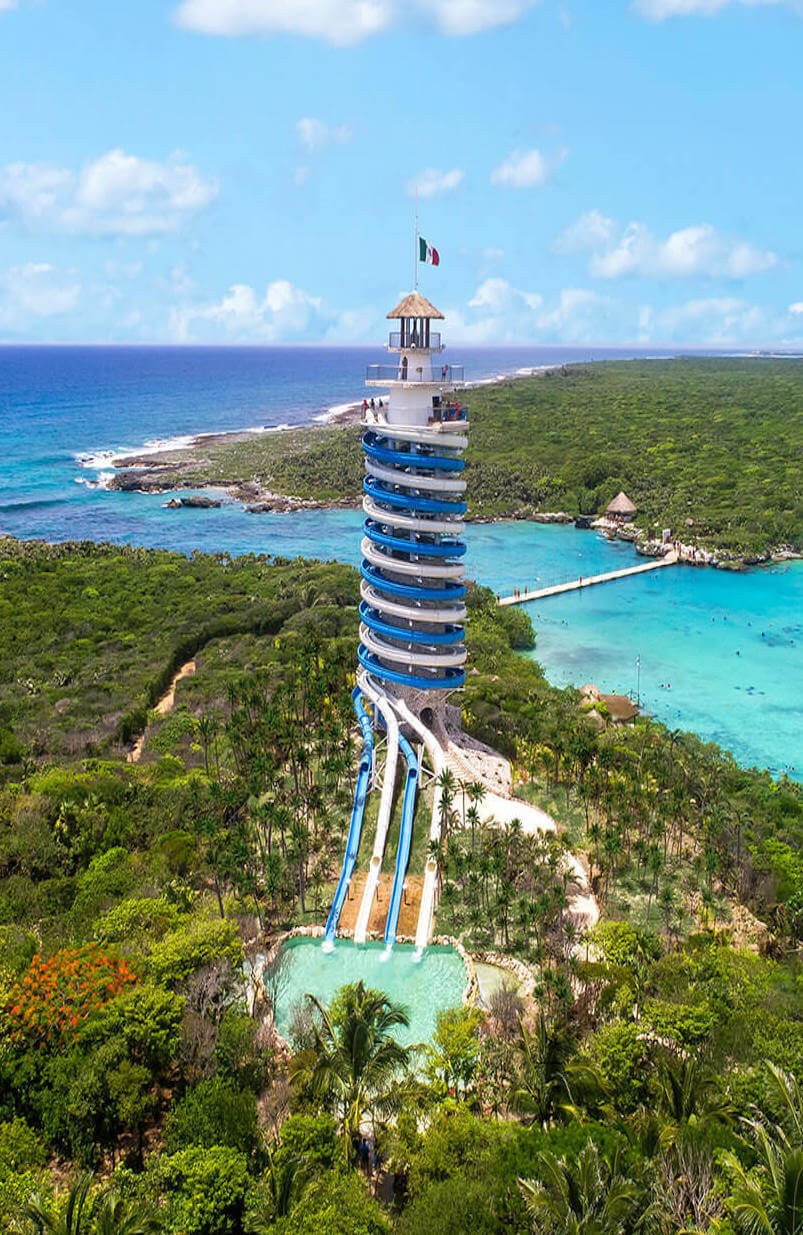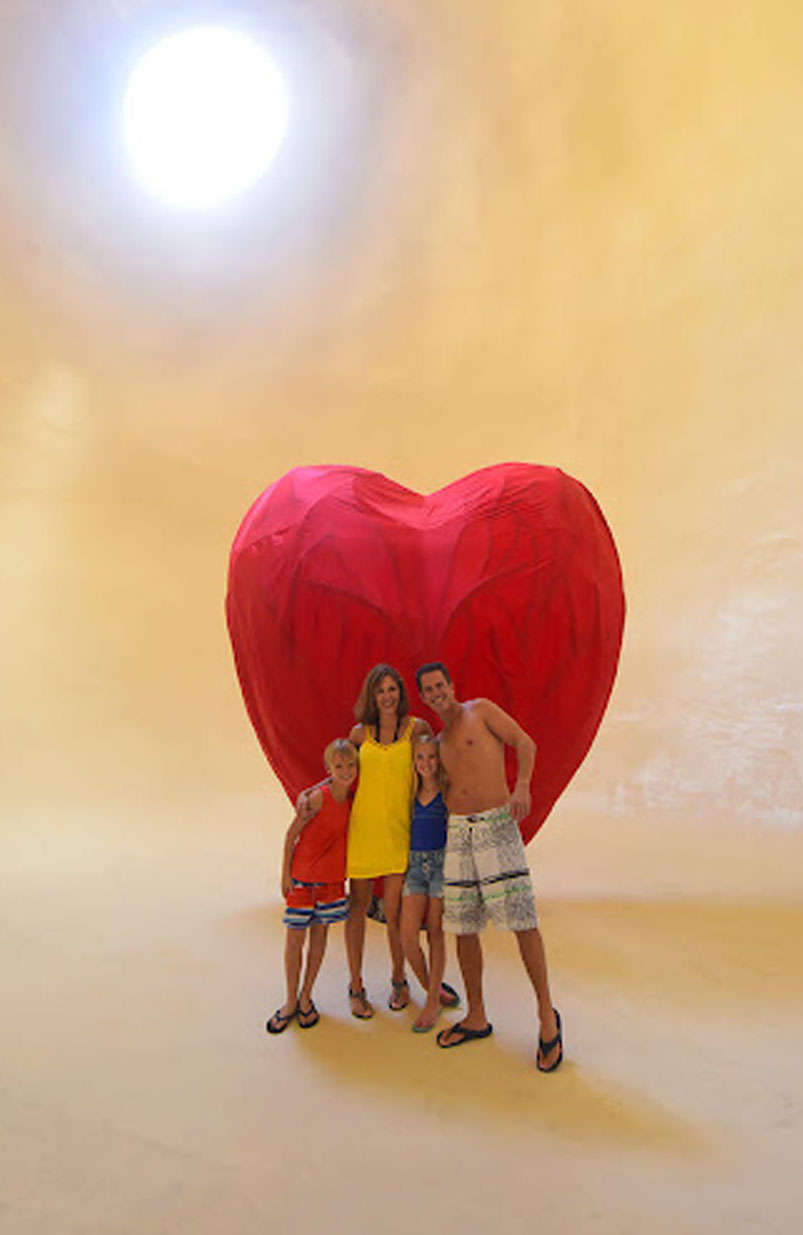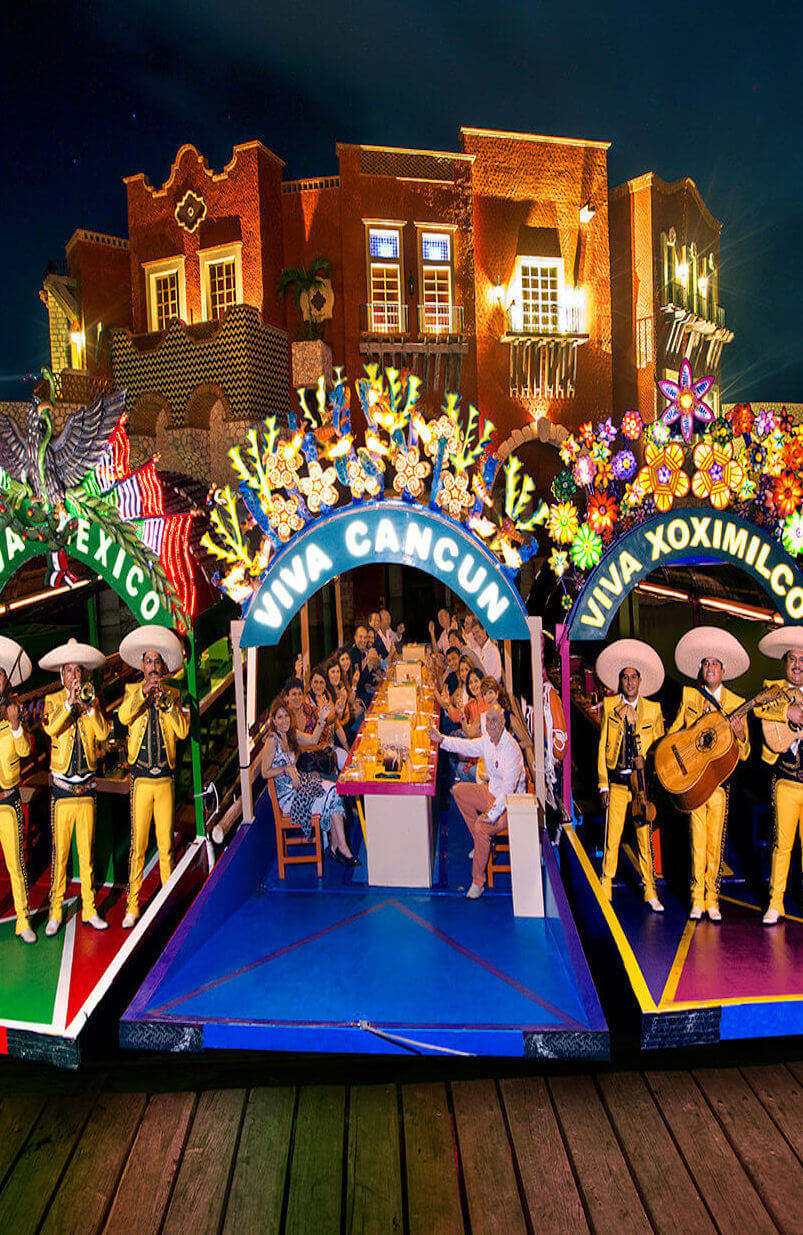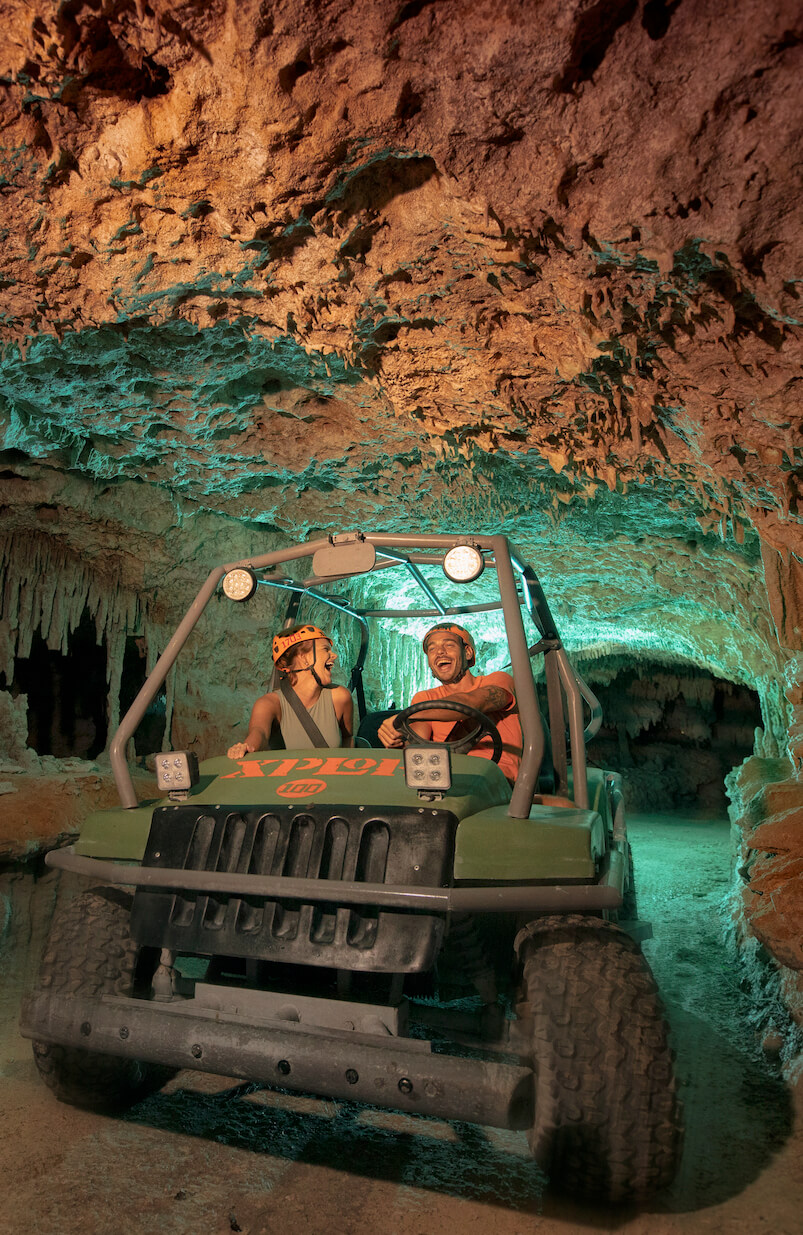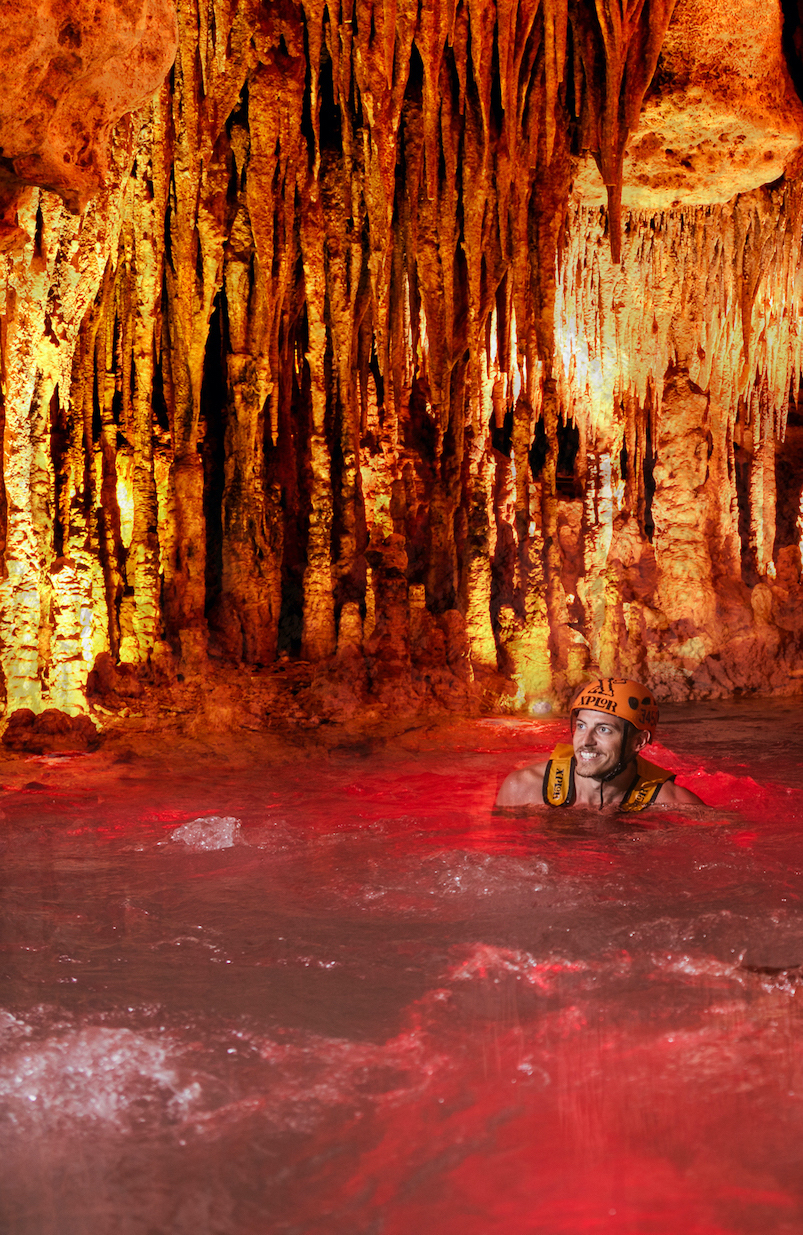Travel to Merida
Mérida, the vibrant capital of the Mexican state of Yucatán, has a rich Mayan and colonial heritage. For travelers looking to explore beyond Mexico’s world-class beaches, here are some reasons to put the “White City” on your bucket list.
Central Location
With nonstop international flights from Miami, Houston, and Atlanta starting Dec. 1, 2017, and 50-minute domestic flights (or a three-hour drive) from Quintana Roo’s famed five-star resorts, Merida’s proximity and cultural wealth make it an ideal destination to tack onto a beach vacation. Centrally located within the Yucatán Peninsula near the Gulf of Mexico, Merida serves as a convenient base for day trips to the region’s UNESCO-listed archaeological sites, nature reserves with diverse wildlife, and treasured villages designated Pueblos Mágicos (magic towns) like Valladolid and Izamal.
Archaeological Sites
Travelers from near and far come to experience the Yucatán’s well-preserved Maya archaeological sites. Seventy-five miles east of Merida lies Chichén Itzá, one of Mexico’s most impressive and visited ruins due to its designation as a new wonder of the world. The pre-Columbian city was one of the largest and most diverse and features a mix of architectural styles. It’s also popular for equinoxes, when the Castillo (castle) temple forms a shadow evoking the appearance of a serpent slithering down the pyramid’s steps. Uxmal, another UNESCO-listed Maya ruin located an hour and fifteen minutes south of Merida, is celebrated for its precise construction and ornate stone carvings. The towering Pyramid of the Magician is in remarkably good condition, as are the surrounding structures, which can be enjoyed with much less crowds than Chichén Itzá.
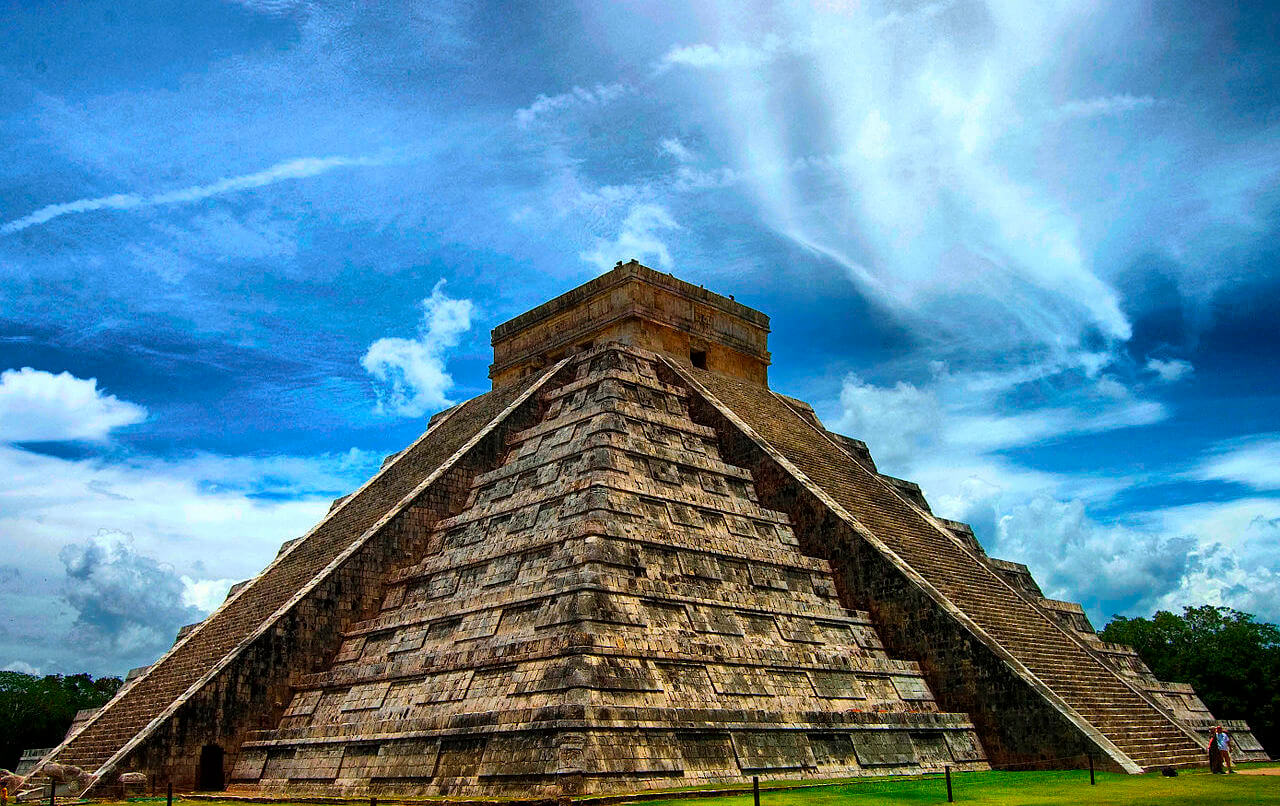
Gastronomy
One of Mérida’s biggest draws is its gastronomy. Local markets, like the bustling Mercado Lucas De Galvéz and Mercado Santiago, are bursting with exotic fruits and vegetables. Wander the markets alone or with a guide to taste local produce like spicy habanero peppers; chaya, a local green similar to spinach; rambutan, a red shell fruit with sweet white pulp often sold as “agua fresca” juice; Seville oranges, a staple in Yucatecan cooking for its acidity; and huaya, a lime exclusive to the Yucatán region that’s typically eaten with a sprinkling of chili powder.
If you want to try your hand in the kitchen, a number of local chefs offer cooking classes, or you can head to the city’s fine dining temples—Nectar, Apoala and K’u’uk—for innovative Mayan-meets-modern fare. There’s also Mercado 60, a food hall with 18 restaurants, and the newly-opened Casa Dominga, for a more laid-back gourmet adventure. Don’t leave the city without trying pre-Columbian specialties like cochinita pibil (pork marinated in achiote (annatto), salbutes and traditional papadzules (similar to enchiladas).
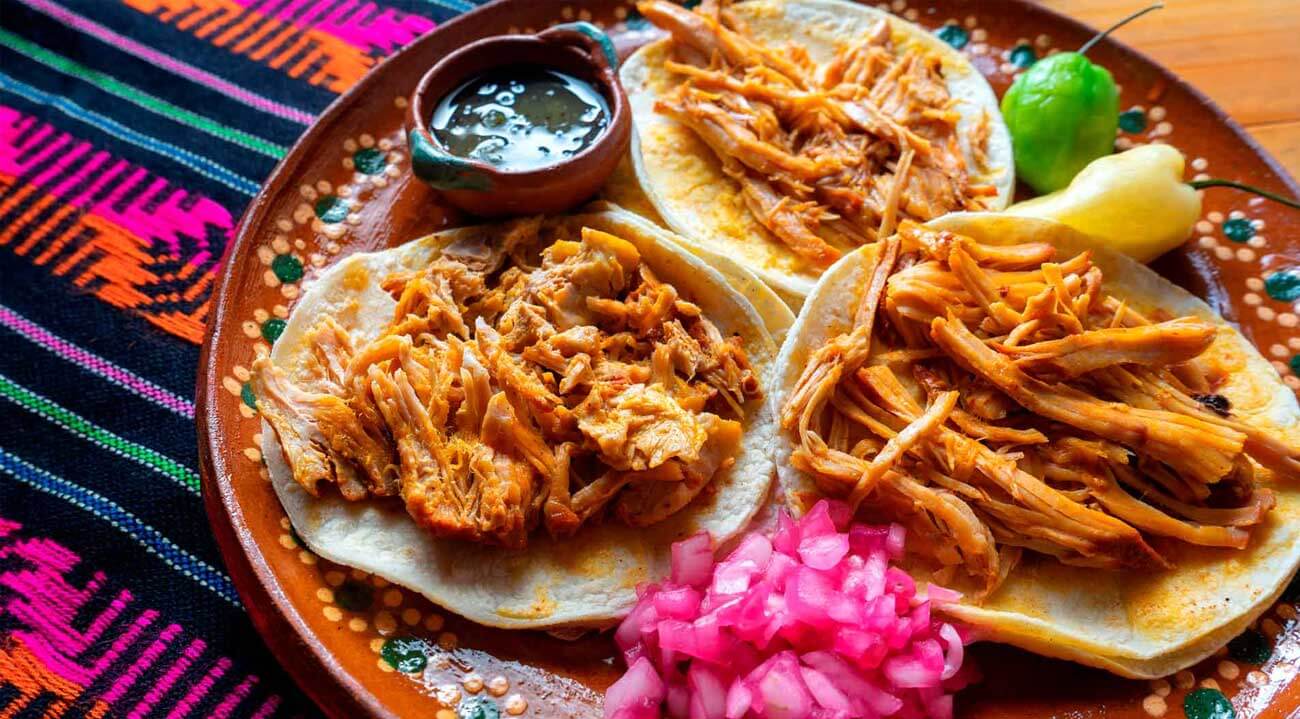

Architecture
Like most colonial cities, Merida features broad central plazas and beautiful cathedrals. Narrow streets are safe and squeaky clean with picturesque periwinkle, sherbet pink, mint green, and vibrant peach facades. The main zócalo is a spacious square trimmed with well-preserved 16th century mansions built for the family of founder Francisco de Montejo, as well as San Ildefonso Cathedral, one of the oldest churches in Latin America. Further north lies the leafy Plaza Santa Lucia, a neighborly hub where locals come to socialize and dance, and Pasejo Montejo, a wide tree-lined avenue inspired by the Champs-Élysées and dotted with palatial Beaux Arts homes. On Sundays, city plazas come to life with locals enjoying cultural events, folkloric dancing and tented markets.


